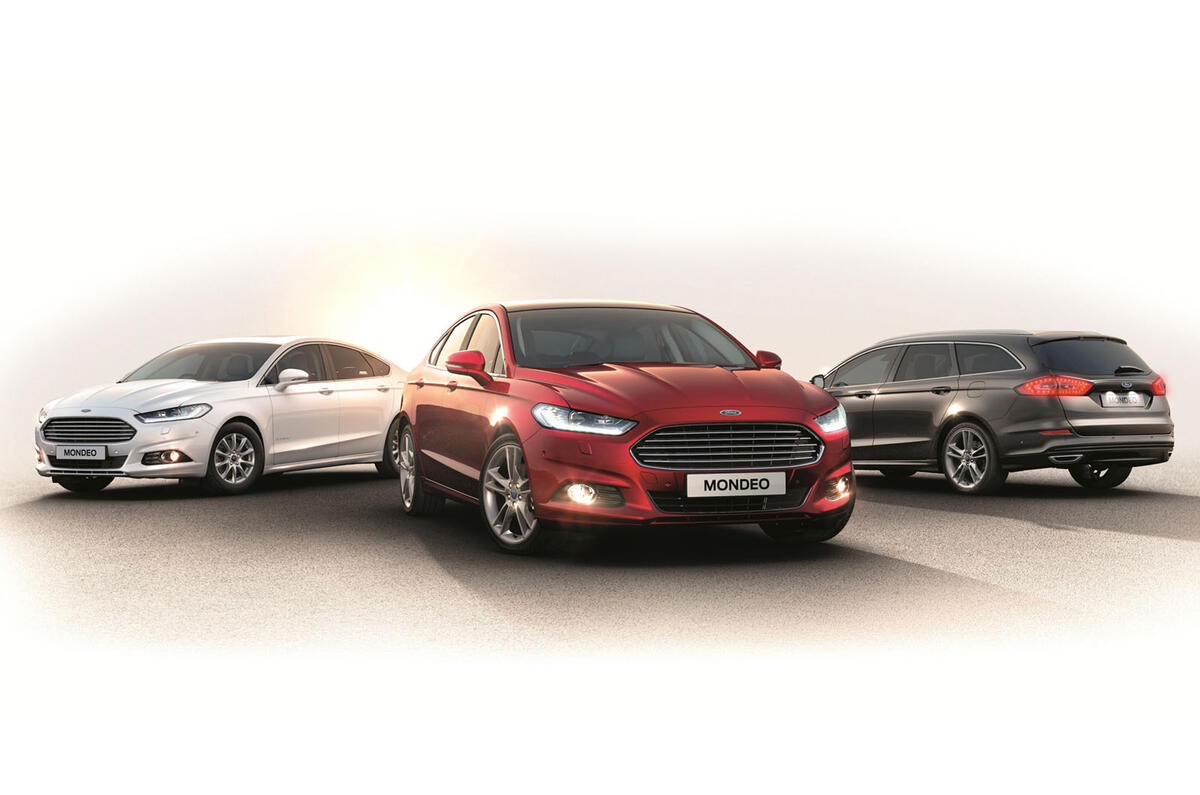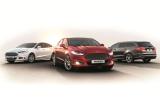The new Ford Mondeo is “the most technologically advanced Ford vehicle ever introduced in Europe”, according to bosses.
Ford's crucial new family car comes with a range of new technology, equipment and powertrains, including a high-power diesel engine that leads a range of efficient motors.
The Mondeo – the latest product of the 'One Ford' policy of producing global models – is on sale in Europe as a four-door saloon, five-door hatchback or estate. In the UK, however, the only saloon variant will be the new hybrid, more of which below.
Read more about what we think of the dependable Ford Mondeo
Ford first showcased the latest Mondeo at the Detroit motor show in 2012, although it is badged as the Fusion in American markets. The model was then shown to European customers at the Paris motor show. At that point it was due to be launched in early 2013, but the date has been pushed back more than once.
Engines and the new hybrid
At launch, the Mondeo is offered with a 2.0-litre TDCi diesel engine in two states of tune - either 148bhp or 178bhp - and it is available with either a six-speed manual or a dual-clutch Powershift automatic. The engine – a single variable geometry turbocharged unit – has a revised engine block, new cylinder head and fuel injection designs and a NOX exhaust trap.
From mid 2015, these two diesels will be available with the option of Ford's all-wheel-drive system, which switches between front-wheel drive and all-wheel drive when it senses a loss of traction. The system continually measures how the car’s wheels are rotating every 16 milliseconds, and can adjust power delivery to individual wheels in 100 milliseconds.
Two Econetic Technology models are available, powered by a 1.6-litre diesel with 113bhp and a 2.0-litre diesel with 148bhp, both married to a six-speed manual transmission. The manufacturer expects the lower-powered car's CO2 emissions to be as low as 94g/km.
Petrol engines at launch include the 1.5-litre EcoBoost, which produces 158bhp and emits 134g/km of CO2, and the 2.0-litre EcoBoost, which is available with 237bhp. A lower-powered variant of this engine, producing 200bhp, is unlikely to come to Britain.
The Mondeo Hybrid is the first Ford hybrid to be manufactured in Europe. It is made on the same production line as the petrol- and diesel-engined Mondeos at Ford’s facility in Valencia, Spain.
The Mondeo Hybrid uses batteries, control software and continuously variable transmission technology developed in-house by Ford. It is equipped with a 2.0-litre petrol engine, two electric motors – one drives the wheels and the other provides regenerative charging – and a 1.4 kWh lithium-ion battery pack. Ford puts the Mondeo Hybrid's CO2 emissions at 99g/km.


































Join the debate
Add your comment
I fear it is too little too
I agree the Small wheels make it look like a noddy car, I dont understands Fords reasoning behing NOT getting it to Europe sooner, the sales have plumetted, and the price has too, so they are not making any money in real terms on the current version........
I hope they can encourage people back to the brand...........
Interior
Pimp my Ford
How are Ford (and others) allowed to use 100% black tint on the windows for their publicity shots? It's illegal if Joe public does it, so how come OEMs are allowed to sell their product in an illegal condition?
Looks good in the 20' wheel version. The white small-wheel car though looks like a fatty.